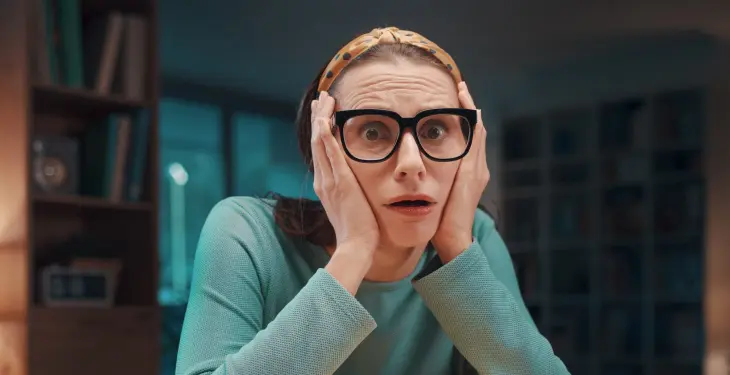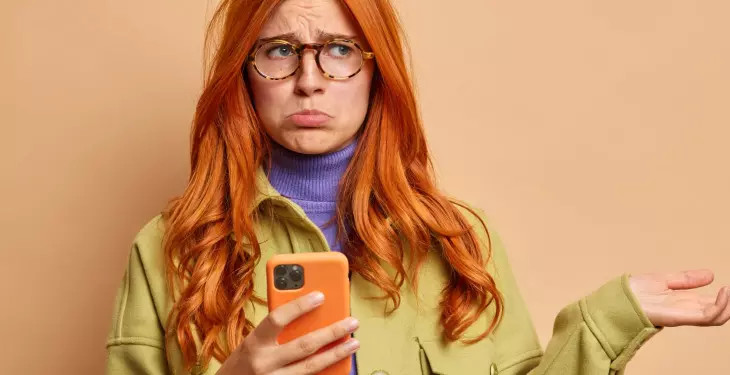

Written by Stephen Day
Gas Safe Engineer
Updated: 22nd October, 2025
A frozen condensate pipe blocks the waste-water outlet from a modern boiler. This causes the unit to lock out or reduce heating efficiency. Clearing or preventing that ice build-up ensures your boiler runs safely, reliably and at full performance.
Get a new boiler quote, save up to £550 per year (0% APR available).
A condensate pipe transfers 'condensate' or wastewater by-products, from a boiler to the outside of a property, usually depositing it in a sewage system.
The outside piping of a boiler can be exposed to some seriously low temperatures which can cause the component to freeze, this could form a blockage and can lead to the boiler locking out (essentially shutting down) to prevent waste water from building up and flooding.
Tell tale indicators of a frozen condensate pipe can include a boiler error code, bubbling or gurgling sounds being omitted from the unit/pipework, or general disruption of boiler function.
The most common way to thaw out a frozen part of the condensate pipe, is to pour warm water over the outside of the piping, but be careful as not to cause a slip hazard. Also don't pour boiling water on the pipe, let this cool down for 10 minutes first, this will prevent possibly cracking the pipe and burning yourself
Alternatively, you can place a hot water bottle on the affected area or have the above ground part of the piping lagged (insulated).
While many modern combi boilers have integrated frost technology to combat cold weather issues, there are some other methods of prevention and ways to resolve these types of problems if they should occur.
Confirm symptoms - No heating/hot water. Boiler shows "lockout" or similar. Gurgling from outside pipe.
Find the condensate pipe - Usually a small white/grey plastic pipe on the outside wall, running to a drain.
Make it safe - Turn the boiler off at the controls. Wear gloves. Keep the area non-slip.
Thaw the pipe - Pour warm water along the outside of the pipe from top to bottom. Do not use boiling water, or hold a hot-water bottle against the frozen section.
Reset the boiler - When the ice clears, reset the boiler and check it fires normally.
If it refreezes or won’t reset - Call a Gas Safe engineer.
Prefer an internal termination - Route to an internal foul drain wherever possible (BS 6798 principle).
Keep any external run short and with constant fall - Short as practical, correctly clipped, with continuous gradient to drain.
Increase pipe size externally - Use at least 30mm internal diameter when run outside.
Insulate correctly - Weatherproof, UV-resistant insulation. Guidance cites ≥13 mm on 32 mm pipe, and many installers use 19 mm O-class PVC-coated insulation for severe weather.
Consider trace heating on exposed runs - Fit trace heat cable plus insulation per manufacturer instructions.
Good fixings and falls - Clip approx every 0.5 m horizontal / 1.0 m vertical to maintain fall and prevent sags.
Situation | What to do |
|---|---|
Visible ice on pipe | Warm water over pipe or hot-water bottle, then reset |
Pipe repeatedly refreezes | Arrange proper insulation or trace heating |
External run is long/exposed | Re-route internally or upsize + insulate |
We've since updated our original video with an updated on with a few extra steps to help prevent this next year.
References
Condense pipe installation guide - https://www.hhic.org.uk/uploads/5FF598A848C3F.pdf
Last updated: 22nd October, 2025

Written by Stephen Day
Gas Safe Engineer at iHeat
Stephen Day is a Gas Safe registered and FGAS certified engineer with over 20 years of hands-on experience in the heating, cooling, and renewable energy industry, specialising in boiler installations, air conditioning, and heat pump systems.
LinkedInArticles by Stephen Day are reviewed by iHeat’s technical team to ensure accuracy and reliability.

27th November, 2025
A clear comparison of Worcester Bosch and Vaillant Boilers and why Worcester Bosch is ofte...
 Read Article
Read Article

27th November, 2025
Maintaining a boiler in good working order is essential for its efficiency and longevity....
 Read Article
Read Article

27th November, 2025
Most Hive heating issues come from lost connection, low batteries, receiver faults or boil...
 Read Article
Read Article
No obligation. Takes less than 60 seconds.